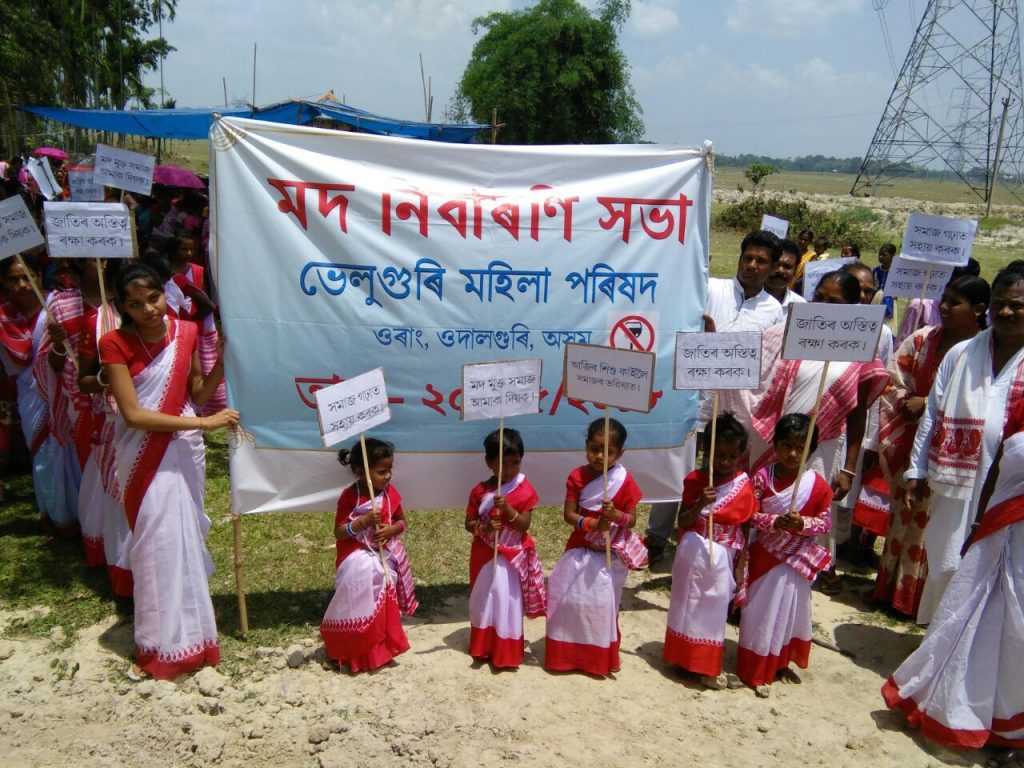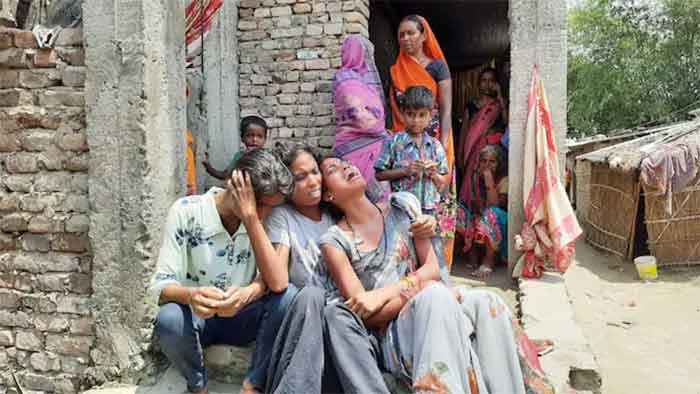
At a conference I attended some time ago, during cocktails, I observed a few delegates from Gujarat sipping their drinks from steel glasses. When I asked them out of curiosity the reason, one of them cryptically replied that if one lived in Gujarat, one too learned to do things this way.
What they were trying to say was that when you live in Gujarat and procure your liquor through a carefully nurtured homegrown network which is illegal, you learn very early to keep up your appearances. And an elaborate charade. Gujarat has been a dry state for the longest period of time, since 1960 and while many other states have lifted prohibition, Gujarat has retained the practice. Gujarat is the only Indian state with a death penalty for the manufacture and sale of homemade liquor that results in fatalities.
Although alcoholism is a common feature in states where liquor is openly available, sales of illegal alcohol of dubious quality have over time led to more deaths. Gujarat’s additional fig leaf is that it is the land of Mahatma Gandhi who advocated prohibition. That fiction, evolved and tuned over time has led to the addition to the popular lexicon of words like “Dry States” and “ Wet States”. At the beginning of the New Year, in many parts of the country, the most awaited list of days in the calendar is the list of dry days. While the 3 National Holidays are dry across the nation, the rest of the calendar is dictated by local religions, festivals, and birthdays of local leaders.
is there prohibition anywhere else? Does it even work? Currently, only Afghanistan, Libya, Saudi Arabia, Somalia, and Sudan have total prohibition. Brunei Darussalam, Comoro, Iran, Kuwait, Maldives, Mauritania, Pakistan, Palestine, Syria, and Yemen, and some other Islamic countries– prohibit alcohol for Muslim citizens only. A few other countries have some amount of prohibition in certain defined geographies. Outside of these many countries have tried and abandoned prohibition after a period of trial, the most notable among them being the United States where prohibition was accompanied by an unparalleled rise in bootlegging. In India too, several states have introduced and then abandoned prohibition, not just due to a rise in smuggling of liquor and loss of revenue to the government but also due to a rise in the use of illicit alcohol often made with lethal methyl alcohol which causes blindness as well as death.
Has prohibition made a difference in terms of reducing drinking or alcohol-related problems? There have been some collateral benefits. In most states, the loudest call for prohibition has come from the women’s movements and they report that instances of domestic violence and the family coming to economic ruin due to funds being expended on drinking have come down. However, there have been other problems. Legal, quality controlled liquor ensure that people did not buy hazardous products from bootleggers, particularly those who could not afford the genuine products smuggled across state borders and sold at highly inflated prices. Bootleggers would sell illegally fermented alcohol manufactured in abandoned warehouses and open fields. These would be adulterated with the lethal methyl alcohol which causes blindness and in extreme cases even death. People consuming illicit alcohol and dying of “ hooch tragedies” have become so commonplace that people do not even bother to read beyond the headlines knowing what the details will look like. The numbers, date, and place may vary but the underlying story is the same, people not having access to licit liquor buy the illicit option and die.
The huge unfulfilled demand for booze drives supply underground into an unregulated industry, particularly in the dry states. Even in states which are not dry, the state usually controls the alcohol business in India, almost completely. In many states, alcohol is produced by state-appointed groups of people who are friends of the political parties that rule various states. Indian-made foreign liquor is produced from molasses and is a by-product of India’s huge sugar industry. But a heavy-duty/sin tax means it’s priced beyond the reach of about 80% of Indians. In contrast, the illegal stuff, known as “hooch”, derived from cane sugar, is sold for a fraction of the price, this is sold discreetly by word of mouth.
However, distilling alcohol safely requires precise control of the temperature, because if that rises above a certain level then methyl alcohol can form. Sometimes, certain herbs or chemicals might be added to increase the strength or improve the flavor, and these can react badly with other chemicals. But when alcohol is being hurriedly distilled underground avoiding the gaze of the police and is being equally rapidly consumed, all these checks and balances cannot be managed well. And so the various trade-offs happen and people die.
But the question remains, does the concept of dry states work. Some states have imposed prohibition at various points of time and abandoned it. The undivided Bombay state was the earliest to introduce prohibition in 1949, the memories of Gandhiji’s assassination still fresh in the minds of people. After all, prohibition begins, as does so much else in modern India, with Gandhi. The Mahatma had some rather harsh views on alcohol consumption. In 1927, the Mahatma had said: “I would rather have India reduced to a state of pauperism than have thousands of drunkards in our midst. I would rather have India without education if that is the price to be paid for making it dry.” Gandhi’s favourite piece of unsolicited advice to Dalits was to give up the “serious defect” of liquor, after which, magically, caste distinction would disappear. Following logically from this sort of paternalism, Gandhi was convinced that “innumerable human beings cannot be kept under discipline” to abstain from alcohol by themselves, therefore prohibition becomes our “duty”.
Today the Bombay Prohibition Act continues undiluted in Gujarat. In Maharashtra, quaintly enough, bars are called “ Permit Rooms” where patrons who are in possession of a permit issued by the excise department can consume alcohol for “ health reasons”. Haryana and Tamil Nadu are two other states that experimented with prohibition and abandoned it. Mizoram has experimented with various “ models” of prohibition as it tries to balance the demands of the powerful Mizoram church which wants prohibition and the long-standing tribal custom of alcohol consumption. Mizoram (in 2019) and Bihar(2015) are the latest states to have introduced complete prohibition, Nagaland has prohibition but allows limited alcohol brewing at home for family consumption. The limits are not specified and alcohol in old soft drink bottles is easily available to buy in village markets where women sell other local vegetables and farm produce.
Given that the origins of prohibition in India are traced to Mahatma Gandhi and Prohibition is included in the Directive Principles of State Policy in the Constitution, control of alcohol consumption is a sacred cow. It is not dictated by economics or any social audits of their impact on reducing alcoholism and domestic violence per se but by political impulse. And so although except for the Islamic countries which have banned alcohol consumption on religious grounds, most major countries, notably the US have tried this and then abandoned it for good reason, in India we will continue with this farcical practice with no proper review or assessment.
Dr. Shantanu Dutta, a former Air Force doctor is now serving in the NGO sector for the last few decades.













































